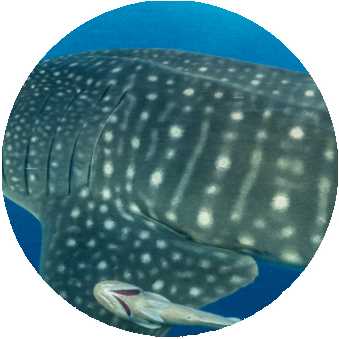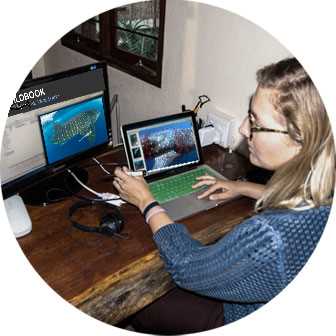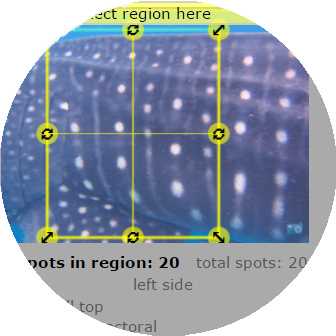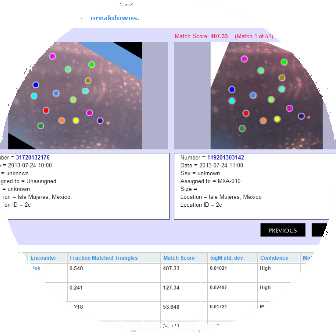The Wildbook for Sharks photo-identification library is a visual database of various shark encounters and of individually catalogued sharks. The library is maintained and used by marine biologists to collect and analyze shark sighting data to learn more about these amazing creatures.The Wildbook uses photographs of the skin patterning behind the gills of each shark, and any scars, to distinguish between individual animals. Cutting-edge software supports rapid identification using pattern recognition and photo management tools. You too can assist with shark research, by submitting photos and sighting data. The information you submit will be used in mark-recapture studies to help with the global conservation of these threatened species.
The Wildbook uses photographs of the skin patterning behind the gills of each shark, and any scars, to distinguish between individual animals. Cutting-edge software supports rapid identification using pattern recognition and photo management tools.
You too can assist with shark research, by submitting photos and sighting data. The information you submit will be used in mark-recapture studies to help with the global conservation of this threatened species.
- 1. Photograph an animal
- 2. Submit photo/video
- 3. Researcher verification
- 4. Matching process
- 5. Match result
Photograph the flanks
Each shark has an individual fingerprint, such as the spots behind the gills on the sides of a whale shark or the 1st dorsal fin of a white shark. Get an image or video of their “print” and we can match that pattern to others already in the database, or your shark might be completely new to the database.
See the photography guide
Submit photo/video
You can upload files from your computer. Be sure to enter when and where you saw the shark, and add other information, such as scarring and sex, if you can. You will receive email updates when your animal is processed by a researcher.
Researcher verification
When you submit an identification photo, a local researcher receives a notification. This researcher will double check that the information you submitted is correct and add any additional information.
Matching process
Once a researcher is happy with all the data accompanying the identification photo using pattern matching algorithms. The algorithms are like facial recognition software for animal patterns.
Match Result
The algorithm (or manual comparison) provides researchers with a ranked selection of possible matches. Researchers will then visually confirm a match to existing sharks of the same species in the database, or create a new individual profile.




